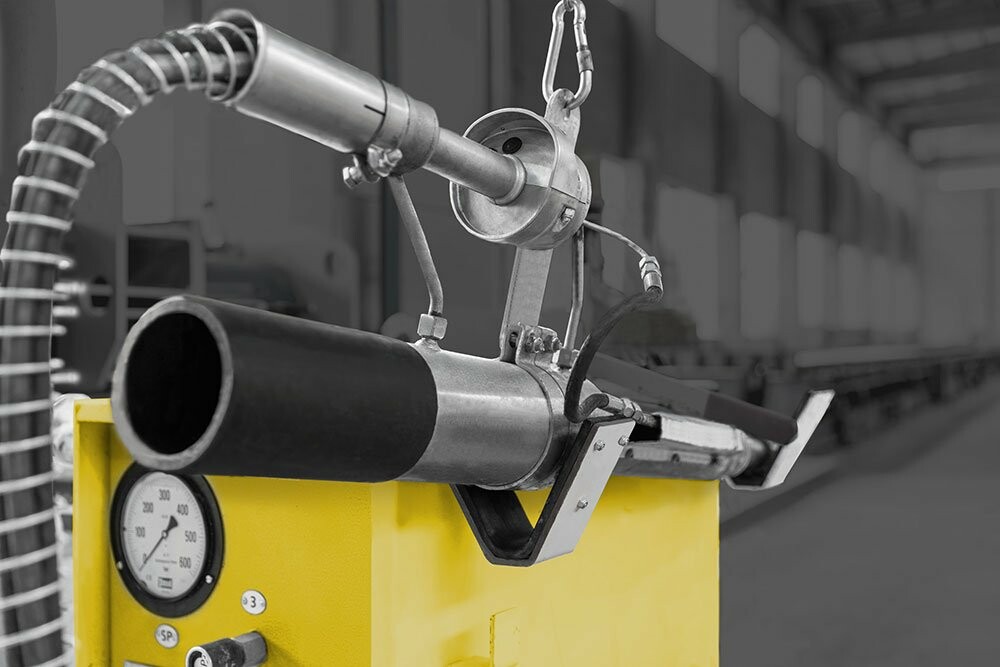Modern prestressed reinforced concrete technologies are widely used in construction due to their unique characteristics. These technologies enable the creation of strong, durable and cost-effective building structures, making them preferred in various construction projects.
Basics of the technology
Prestressed reinforced concrete is made using special steel reinforcement, wire or strands that are pre-tensioned before the concrete is poured. Once the concrete has hardened, the tension of the reinforcement is transferred to the concrete, creating a constant compression. This significantly increases the strength and durability of structures.

Advantages of prestressed reinforced concrete
1. Increased strength and stability: Structures have 2-3 times greater resistance to cracks and deformations compared to conventional reinforced concrete structures. This ensures their durability and reliability.
2. Material saving: By using tensioned steel reinforcement, wire or strands, the consumption of steel materials is reduced by up to 50 per cent. This significantly reduces construction costs.
3. Versatility of application: prestressed concrete technology allows the construction of buildings with large spans and complex architectural forms. This opens up new opportunities for architects and engineers.
4. Reduced weight of structures: The total weight of buildings is 40% less, which reduces the load on the foundation and reduces the cost of construction materials.
5. High seismic resistance: Prestressed reinforced concrete structures are safer and more reliable under high seismic activity. This is especially important in regions with a high risk of earthquakes.
Application of the technology
Prestressed reinforced concrete is used in the construction of residential buildings, office buildings, industrial facilities and warehouses. It is also used in the construction of bridges, road and railway overpasses and in infrastructure projects. Prestressed reinforced concrete technology allows for the creation of reliable and durable structures that can withstand significant loads.
Equipment and tensioning methods
Various equipment such as hydraulic stations, tension jacks and anchor grabs are used to produce prestressed reinforced concrete. There are several methods of tensioning reinforcement:
- Mechanical: Using a jack to tension the reinforcement.
- Electrochemical: Using electric current to heat and tension the rebar.
- Electro-thermal-mechanical: Combination of mechanical and electrochemical methods.
Importance of quality control
One of the key aspects of the production of prestressed concrete structures is quality control. This includes checking all materials used in the process and testing the finished structures. Modern technology allows many of these processes to be automated, which increases the accuracy and reliability of inspection.
The future of prestressed reinforced concrete
Prestressed concrete technology continues to evolve. Current developments are aimed at increasing production efficiency, improving material performance and extending the range of applications. In the future, we can expect new methods of reinforcement tensioning and improved concrete types to make prestressed reinforced concrete structures even more attractive for construction projects.
Modern prestressed reinforced concrete technologies offer many benefits to builders, including material savings, increased structural strength and durability, and the ability to realise complex architectural designs. These technologies continue to evolve and are increasingly being utilised in a variety of construction applications.


